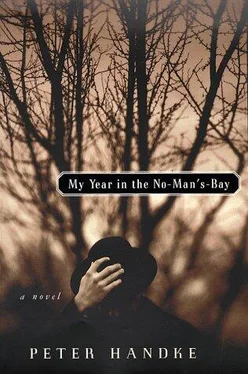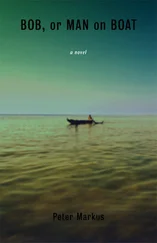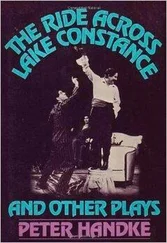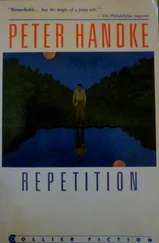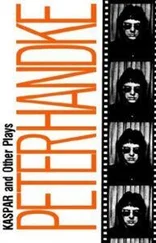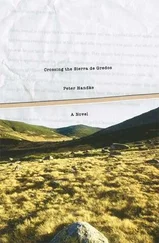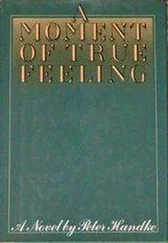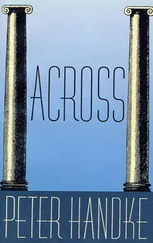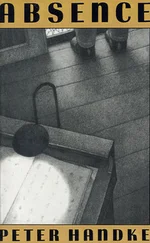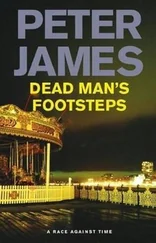And yet I felt I was in territory that was not merely different but also new. A special realm began there, as when one enters a forest, when the world through which I have just been moving — one step among the trees is sufficient — draws back and in its place an entirely different one opens up, surprising, infinitely more sensuous, its first effect being to make me listen more attentively. That is followed by looking, smelling, tasting, perceiving as a mode of discovery.
That was what I experienced, to my amazement, with my penetration into that region outside the city limits. A new realm only for me? No, I felt altogether as if I were in a realm of the new: like the people, things there on the outskirts presented themselves in isolation, which meant that although they might lack the grace and brilliance of their counterparts in the capital, they appeared fresh as the morning. That was not so clear to me at first; I merely sensed it — but how!
These things and this area had to be something solid, different from all the phantoms with which I had fooled myself every time, in my lifelong pursuit of the place that was right for me, a blind believer who over time had become almost an unbeliever. I had an intuition that in such suburbs there was something to explore. I glimpsed, scented, sniffed it out. Finally, in accordance with an early dream of mine, I could view myself as an explorer in my own way. And I scented and sniffed out, beyond the roar and rumble of the Route Nationale, an as yet unheard silence, which was there as soon as you turned off the road, tangible, to be fingered, licked, and savored, silence as an as yet undiscovered and undescribed wind.
After that I made my way every day to the suburbs — without this excursion my day felt incomplete — and not only the ones to the south. But my main route remained the zigzag back and forth between Montrouge and Gentilly, crisscrossing Nationale 20, into the silence and back again into the racket, as far as Arcueil and Cachan, where, as I had learned in the meantime, Eric Satie had spent the last decade of his life all by himself (the cemetery on the slope above the Bievre, with the stone aqueduct higher up, was sometimes my destination).
Satie was one of the few composers who did not strike me as alien beings, inwardly warped and inaccessible. His pieces came across to me as a quiet, clear conversing, in which a particular voice never rose above the others, and that was musical enough for me. After all, I wanted to be stimulated by something other than music; stimulation by music was not good for me. Or: music that is supposed to open me up must already be inside me.
And I learned furthermore that Satie had also had the habit of walking through these suburbs. Except that he went in the opposite direction, to Montparnasse in Paris, where he might meet his friends at an outdoor café during the years between the wars. I imagined us passing each other now and then, on a side street or by the railroad line that crossed the valley of the Bievre. Apparently he always dressed properly for his excursions into the metropolis, in a dark suit with hat and bow tie, and I, too, was in a period then when I wanted to look more everymanlike than everyman: in custom-made things, including my shirts and even my shoes — which proved excellent for walking — necktie and a broad-brimmed hat, which took the place of an umbrella, and hair as short as I had been advised on every occasion to wear it during my earlier days in society. Sometimes the hallucination of encountering the composer was so powerful that I saw each of us on his side of the street tipping his hat to the other. If I was enamored of an image, a series of notes, a series of sentences, it always meant something to me to be in the native region of the person responsible for it, and even more if this person was long since gone from there, and most of all when he had not been part of an entire group or horde of like-minded others, as happens almost everywhere in metropolises, but had been the only one in his region.
There in the suburbs I also became friends with the painter, whom I had known for some time from the center of town without our growing closer.
Again it was the particular place that altered our relationship. I did not know that he had a studio in Bagneux, still farther to the south, already up in the hills overlooking the Seine. One day I saw him there, coming out of a bistro in the palpably different light and wind. At first sight he immediately seemed different from my Paris acquaintance, who, if not worldly, his glasses propped on his head, at least appeared official (perhaps because he was also a professor at the Ecole des Beaux-Arts). Here he hardly stood out from the tradesmen and local white-collar workers, who, like him, were on their way back to work after a quick lunch. He appeared as inconspicuous as they, and just as formless, or rather unassuming, and yet on closer inspection he had an added air of vulnerability and melancholy that revealed itself to me in the almost humble way in which he held the door for the others, who took it quite for granted. I sensed in him the shoulders, neck, back of the head, and eyes of a child lost to the world, who — I followed him secretly as he went on his way — was visibly becoming high-spirited.
And then he was also delighted to see me. We hugged each other, as happens only with two people from the same village who hardly had anything to say to each other and suddenly, each of them alone on a long journey, really become aware of each other for the first time on a dock in New Zealand or at a trading post in the Yukon in Alaska.
I experienced the painter outside the city, far from our usual meeting places, in a moment that had to bond me to him. And it was mutual. He urged me to go with him, wanted to have me along that afternoon when he went on with his work (though invisible behind a screen), and accompanied me, since I had to pick up my son at his school in Paris, many kilometers back to the Périphérique, where we took leave of each other only after a great deal of back-and-forth, as later became our custom when saying goodbye.
Many streets in these suburbs bore the names of resistance fighters or opposition figures killed by the Nazis. Along one of them, rue Victor-Basch in Arcueil, I was acquainted with a particular tree. It was a cherry tree that stood not in an enclosed garden but in a turnout on a street in front of an apartment building, right by the rail line. First came the blossoms, without a single leaf greening, and the trunk was dressed in a swirl of white, dense and lightly flared, piled sky-high and glowing up above more brightly than any spring cloud. Then the blossoms floated away, one day with the April snows or hail, another day with the suburban butterflies. At the beginning of June the fruit was ripe, not tiny like that of a wild cherry but of biblical proportions, and where earlier everything had been white, now everything was a rich red. And on each new day of that week, when I got to the tree, the fruit was unharmed. No blackbirds fell upon it (did the trains streaking incessantly past the tree frighten them off, as elsewhere strips of foil might?). And the occasional passersby there did not help themselves either, although the lowest of the cherries almost caressed their heads; no one even stooped to pick up the plump balls, some of which had split as the wind knocked them to the asphalt, which became dark and darker from the squashed fruit. Only I ate and ate, first the cherries from the ground, since I had no way of knowing whether an owner might not appear from somewhere, and later those within reach of my toes and fingertips.
Then it was clear that the tree was common property, and once, when I saw a painter’s ladder in the wide-open lobby of the apartment house, I promptly borrowed it and climbed up to the crown, where the cherries are said to be tasty as nowhere else (and that turned out to be true).
Читать дальше
